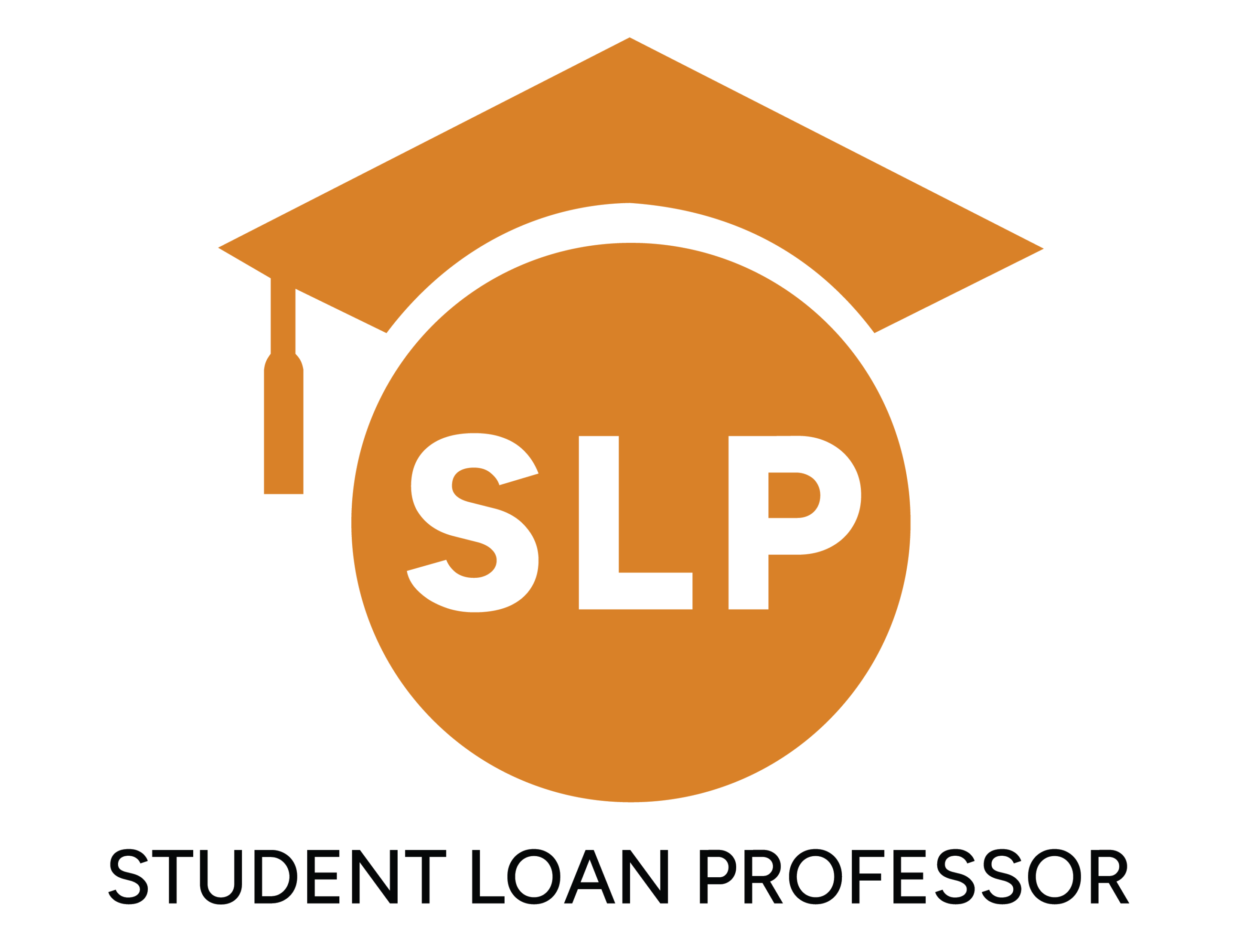Launched in August 2023, the Saving on a Valuable Education (SAVE) plan, which replaced the Revised Pay As You Earn (REPAYE) plan, is an income-driven repayment (IDR) option designed to make student loan repayment more manageable for borrowers. It aims to reduce financial strain for those with lower or moderate incomes.
This article provides a detailed overview of the SAVE plan, its features, eligibility criteria, and application process. It also covers how it compares to the other three IDR plans: Pay As You Earn (PAYE), Income-Based Repayment (IBR), and Income-Contingent Repayment (ICR).
Main Features of the SAVE Plan
The SAVE plan is structured to help federal student loan borrowers by adjusting their monthly payments based on their income and family size. Additionally, it offers a pathway to loan forgiveness after a given period of qualifying payments.
Here’s an overview of the plan’s features:
- Monthly Payments: Borrowers pay 10% of their discretionary income, calculated as the difference between your adjusted gross income and 225% of the federal poverty guideline for your family size.
- Repayment Term: 20 years for undergraduate loans and 25 years for graduate or professional loans.
- Interest Subsidy: If your monthly payment isn’t enough to cover the interest on your loans, the government might subsidize this interest for a period, preventing it from adding to the loan balance.
- Forgiveness: After making qualifying payments for the designed repayment term, any remaining balance on your loans may be forgiven.
- Eligibility: Most federal direct subsidized and unsubsidized loans qualify, along with Direct PLUS and Direct Consolidation loans. However, Parent PLUS loans aren’t eligible.
Recent Developments Affecting the SAVE Plan
As of October 2024, a federal court issued an injunction that has temporarily halted some provisions of the SAVE plan. This ruling has placed many borrowers into a general forbearance status, meaning they don’t need to make payments while awaiting further legal developments.
During this time, interest won’t accrue on their loans, but this period doesn’t count toward Public Service Loan Forgiveness (PSLF) or IDR forgiveness.
Forbearance is in place because servicers can’t bill borrowers the amounts mandated by a court order. The Department of Education is working to update systems to align with the SAVE plan, which may take several months. This gives borrowers time to explore other repayment options.
Note that borrowers can still make payments during this forbearance, which will be applied to future bills. Those who don’t want to be in forbearance can contract their servicer to change repayment plans.
If you’re in a SAVE forbearance, no interest will accrue and no credit is given for PSLF or IDR. During processing forbearance, interest will accumulate, and you won’t get credit for PSLF and IDR for up to 60 days.
Calculation of Discretionary Income
The SAVE plan calculates payments using 225% of the poverty guideline. This means that more of your income is protected from being used for loan repayment compared to other IDR plans that typically use 100% to 150%.
225% of the poverty guideline amount for a family size of one is $32,800 in the 48 contiguous states. So, basically, if you’re a single borrower with an annual income equal to or less than $32,800, your discretionary income is $0 and, accordingly, your monthly payment will be $0.
The same is true for a family size of four with an annual income of $67,500 or less.
Monthly Payment Example
If you earn $40,000 annually as a single borrower:
- Calculate the 225% of the federal poverty level:
- The federal poverty level for a single person in 2024: approximately $14,580
- 225% of this amount: 225% x 14,580 = $32,855.
- Calculate your discretionary income:
- Discretionary income = $40,000 – $32,855 = $7,145
- Monthly payment under the SAVE plan:
- Monthly payment = (10% x 7,145) / 12 = $59.54
Pros and Cons of Choosing the SAVE Plan
The SAVE plan offers several advantages for borrowers:
- Lower Monthly Payments: Many borrowers will see significantly reduced monthly payments compared to standard repayment plans.
- Interest Relief: The government’s interest subsidy prevents loan balances from growing unnecessarily in repayment. If your payment doesn’t cover all accrued interest, the remaining interest will be waived.
- Potential for Forgiveness: Borrowers who took out less than $12,000 in student loans may qualify for forgiveness after just 10 years of repayment.
On the flip side, there are two downsides to take note of:
- Longer Repayment Terms: While payments may be lower, borrowers could end up repaying their loans over longer periods (20-25 years), which can lead to paying more in interest overall.
- Complexity in Application: The application process can be complex and requires annual recertifications of income and family size, even if there’s no change in either one.
How to Apply for the SAVE Plan
Borrowers can apply for the SAVE plan through the Federal Student Aid website. Here’s how:
- Access your account at StudentAid.gov using your FSA ID. If you don’t have one, you can create an account.
- Navigate to the IDR application section and fill out your personal information along with your income details.
- You can allow the IRS to securely access your income information for automatic recertification each year or manually provide this information.
- Based on your provided information, you’ll see which IDR plan is best suited for you.
- After selecting your preferred repayment option, submit your application. Processing may take up to 4 weeks.
Stay on Track with Annual Recertification
Once enrolled, you must recertify your income and family size every year. This ensures your monthly payments remain income-based. Missing the annual recertification deadline can result in your payment being reset to the amount required under a standard repayment plan, which could be significantly higher.
To avoid this:
- Set reminders for your recertification date.
- Enable auto-sharing of income data between the IRS and the Department of Education during application or recertification.
- Confirm receipt of confirmation emails or notices from your loan servicer after recertifying.
Comparing SAVE with Other IDR Plans
To help borrowers understand how the SAVE plan stacks up against other IDR options like PAYE, IBR, and ICR, here’s a comparison of key features:
| Feature | SAVE | PAYE | IBR | ICR |
| Monthly Payment | 10% of discretionary income (5% for undergraduates since July 2024) | 10% of discretionary income | 10% or 15% of discretionary income | Lesser of 20% of discretionary income of fixed payment over 12 years |
| Repayment Term | 20 years (undergrads) or 25 years (grads) | 20 years | 20 or 25 years | 25 years |
| Interest Subsidy | Yes | Yes | Limited | None |
| Loan Types Eligible | Most federal loans | Most federal loans | Most federal loans | Direct Subsidized/Unsubsidized; Grad PLUS; Direct Consolidation |
| Forgiveness After Payments | Yes | Yes | Yes | Yes |
As you can see, all four plans base their payments on discretionary income. For undergraduates, in particular, the SAVE plan is especially beneficial since it offers the lowest monthly payment percentage at 5%.
SAVE and PAYE have shorter repayment terms for undergraduate loans compared to IBR’s potential maximum of 25 years. Both plans also offer more robust interest subsidy compared to IBR’s limited relief under specific conditions and ICR’s lack of subsidy.
While all plans cover most federal student loans, consolidation can affect eligibility differently across plans. Parent PLUS loans aren’t eligible for the SAVE plan, but they can be included in ICR if they are properly consolidated.
Common Misconceptions About IDR Plans
Common misconceptions about IDR plans like SAVE include:
“I’ll Never Pay Off My Loans”
Many believe that because these plans extend repayment terms significantly, they will never pay off their loan debt. However, with potential forgiveness options after making qualifying payments over time, especially under programs like PSLF, you can find relief from long-term student loan debt burdens.
“All My Income Will Go Toward My Loans”
Some borrowers fear that enrolling in an IDR plan will take up most of their disposable income. In reality, these plans are designed specifically to ensure that you retain enough income to cover living expenses while repaying your loans affordably based on what you earn.
“Once I Choose a Plan, I Can’t Change It”
Borrowers often think they’re locked into one repayment plan once they choose it. That’s not the case. You can switch between different IDR plans if your circumstances change, like a salary increase or a change in family size, which lets you reassess your financial situation regularly.
Frequently Asked Questions
What Makes the SAVE Plan Different From Other IDR Plans?
The SAVE plan is different from other IDR plans in that it offers a higher discretionary income threshold (225% of the federal poverty level). Also, it waives unpaid interest if your payment doesn’t cover it to prevent ballooning balances.
What Happens If My Income Changes While Enrolled in the Save Plan?
If your income changes while enrolled in the SAVE plan, you must recertify your income. This may result in a change to your monthly payment based on your new discretionary income calculation.
How Can I Recertify My IDR Plan?
To recertify your IDR plan, whether it’s SAVE or another, you have to submit information about your income and family size each year before your annual recertification date.
When you recertify online, you can choose to share information about your income directly from the IRS to the Department of Education.
What Happens If I Don’t Recertify My Income Annually?
If you don’t recertify your income by the annual deadline, you’ll remain on the same IDR plan, but your monthly payment will no longer be based on your income.
Will I Receive a Notification If My Loans Are Forgiven Under the Save Plan?
Yes, borrowers who qualify for loan forgiveness under the SAVE plan will receive an email notification from the U.S. Department of Education confirming that their loans have been canceled and providing details about the process.
What If I Submit Multiple IDR Applications?
If you submit multiple IDR applications, servicers will process your applications in the order they’re submitted.
Can Parents with Parents PLUS Loans Use the SAVE Plan?
No, unfortunately. Consolidated or not, Parents PLUS loans aren’t eligible for the SAVE plan.
What Happens If I Don’t Recertify My Income Annually?
If you fail to recertify by the deadline, your payments will no longer be calculated based on your income. Instead, your loan servicer will default your payment to the amount required under a standard repayment plan. To avoid this, make sure to recertify your income and family size on time every year.
Make Informed Decisions About Your Student Loans
The Saving on a Valuable Education (SAVE) plan represents a shift in how student loan repayment is structured in the United States, aiming to provide relief for borrowers facing financial challenges.
With its focus on income-driven debt repayment and potential forgiveness after a set number of years, it serves as an indispensable tool for many students and graduates looking to manage their debt effectively.
However, ongoing legal challenges have created uncertainty around its implementation. As such, you should remain vigilant about updates from the Department of Education regarding their options and rights under this plan.
For personalized guidance tailored to your specific situation, reach out to Student Loan Professor. Our dedicated team specializes in guiding individuals through student loan repayment and forgiveness programs.
Brandon Barfield is the President and Co-Founder of Student Loan Professor, and is nationally known as student loan expert for graduate health professions. Since 2011, Brandon has given hundreds of loan repayment presentations for schools, hospitals, and medical conferences across the country. With his diverse background in financial aid, financial planning and student loan advisory, Brandon has a broad understanding of the intricacies surrounding student loans, loan repayment strategies, and how they should be considered when graduates make other financial decisions.





